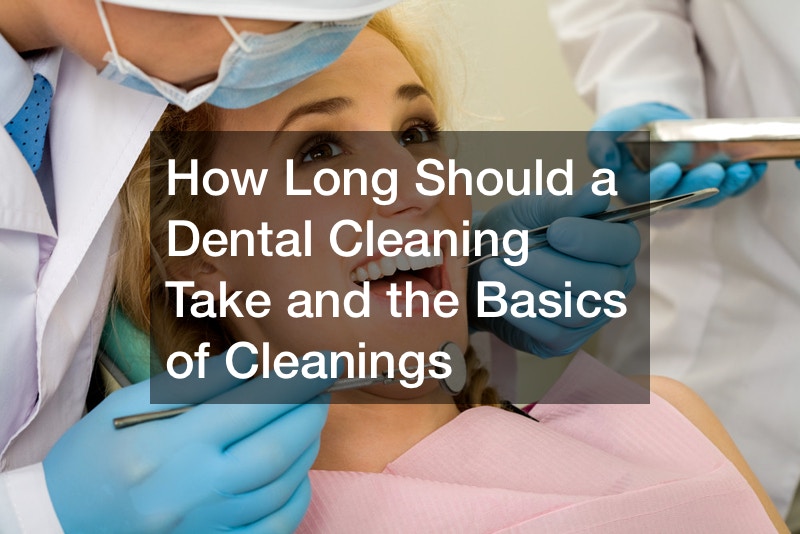dentist, such as a dental hygienist during teeth cleaning. Dental practitioners use special tools (scalers) to gently remove tartar and plaque along the gum line and the teeth. Scaling is also known as dental cleaning. In order to remove stain or accumulation, the scalers wash every tooth. In order to eliminate blood and deposits dental professionals will wash off areas. Deep cleaning is required to remove plaque that has formed on your gum line.
Polishing
The following step in the dental cleaning procedure is polishing. Your dental hygienist will apply moderately abrasive prophylaxis paste to your teeth . Then, they will smooth them out using an electric handheld. The process evens out the surface of your teeth, assists in making your gums adhere to the teeth and reduces the accumulation of plaque.
Flossing
Another thing that your dental hygienist does to clean your teeth is flossing the teeth. This is vital as it removes any remaining tartar and plaque between your teeth. Based on how good you’re taking care of your health, dentists advise you to clean your teeth every six months. However, it’s probably not recommended to make your teeth cleaned more than once. You may also discover that you require dental implants because your oral hygiene may be poor. Regular dental visits are a good way to inquire about how long the procedure should require. Every visit won’t take any time and you’ll never feel any pain.
Rinsing
When you are in this stage, your dental hygienist will spray the mouth with water. When you’re done with this procedure, do not flush out the water. Instead, the dentist will use a suction device to drain any remaining water. Removing any tooth polish can be accomplished through rinsing.
Fluoride Treatment
Sometimes, fluoride is recommended by your dentist at the conclusion of your cleaning. Why? to improve your dental health in the event that they discover the condition is poor. Fluoride is an naturally occurring substance that helps strengthen te
bbkkoxtrv1.
